
-
Find the right food for your pet
Take this quiz to see which food may be the best for your furry friend.
Find the right food for your pet
Take this quiz to see which food may be the best for your furry friend.
Featured products
 Adult 7+ Perfect Digestion Chicken, Whole Oats & Brown Rice Recipe Dog Food
Adult 7+ Perfect Digestion Chicken, Whole Oats & Brown Rice Recipe Dog FoodScience Diet's breakthrough nutrition supports ultimate digestive well-being & healthy microbiome for dogs age 7+
Shop Now Adult Healthy Cuisine Roasted Chicken, Carrots & Spinach Stew Dog Food
Adult Healthy Cuisine Roasted Chicken, Carrots & Spinach Stew Dog FoodDelicious roasted chicken paired with tender vegetables in a succulent stew
Shop Now Small & Mini Savory Stew with Chicken & Vegetables Dog Food
Small & Mini Savory Stew with Chicken & Vegetables Dog FoodA delicious complement to the nutrition of Science Diet Small & Mini 7+ dog food
Shop NowFeatured products
 Adult Savory Entrée Can Variety Pack Cat Food
Adult Savory Entrée Can Variety Pack Cat FoodPrecisely balanced nutrition with the delicious taste of savory minced chicken to help fuel the energy needs of cats during the prime of their life
Shop Now Adult 7+ Senior Vitality Chicken & Vegetable Stew Cat Food
Adult 7+ Senior Vitality Chicken & Vegetable Stew Cat FoodImproves Everyday Ability to Get Up & Go
Shop Now Adult 7+ Tender Tuna Dinner Cat Food
Adult 7+ Tender Tuna Dinner Cat FoodWith delicious chunks in a decadent gravy
Shop Now -
Dog
- Dog Tips & Articles
-
Health Category
- Weight
- Food & Environmental Sensitivities
- Urinary
- Digestive
- Joint
- Kidney
-
Life Stage
- Puppy Nutrition
- Adult Nutrition
- Senior Nutrition
Cat
- Cat Tips & Articles
-
Health Category
- Weight
- Skin & Food Sensitivities
- Urinary
- Digestive
- Kidney
-
Life Stage
- Kitten Nutrition
- Adult Nutrition
Featured articles
 Why Are Dogs and Cats So Cute?
Why Are Dogs and Cats So Cute?If waggy puppy dog tails and furry kitten yawns make you swoon, you're not alone. Why are cats so cute? And, dogs too! Let's find out!
Read More Do Dogs and Cats have Belly Buttons?
Do Dogs and Cats have Belly Buttons?Learn whether cats & dogs have belly buttons like humans, what the function is, and if there are any health concerns associated with it.
Read More Does My Pet Hate Me?
Does My Pet Hate Me?Learn tips for bonding with your pet if you've ever thought, 'My dog doesn't like me, or 'Why do I have a standoffish cat?'
Read More -


Cats are famous for their scrupulous self-grooming habits. But sometimes they may need help keeping their ears clean. Knowing how to clean cat ears is a helpful skill if your kitty ever needs some at-home assistance. By paying close attention to this area, cleaning a cat's ears can also help you identify concerns you might've otherwise missed, such as debris buildup or infection.
The golden rule for pet care is safety first. If you feel uncomfortable or uncertain about cleaning your cat's ears, ask your veterinarian for help. They can share tips and provide a tutorial to help build your confidence as a cat parent.
Should I Clean My Cat's Ears?
When should you clean your cat's ears? What if you have a kitten — is there anything you should know about how to clean a kitten's ears? Generally, most cats and kittens don't require ear cleanings to keep this delicate area healthy and clean.
In some cases, your vet may recommend regular at-home cleanings to reduce infection risk, particularly in breeds prone to ear infections. Otherwise, if you notice something amiss (e.g., odor or discharge), contact your vet so they can examine your cat's ears. Depending on what they find, they may prescribe medication or recommend routine at-home care.
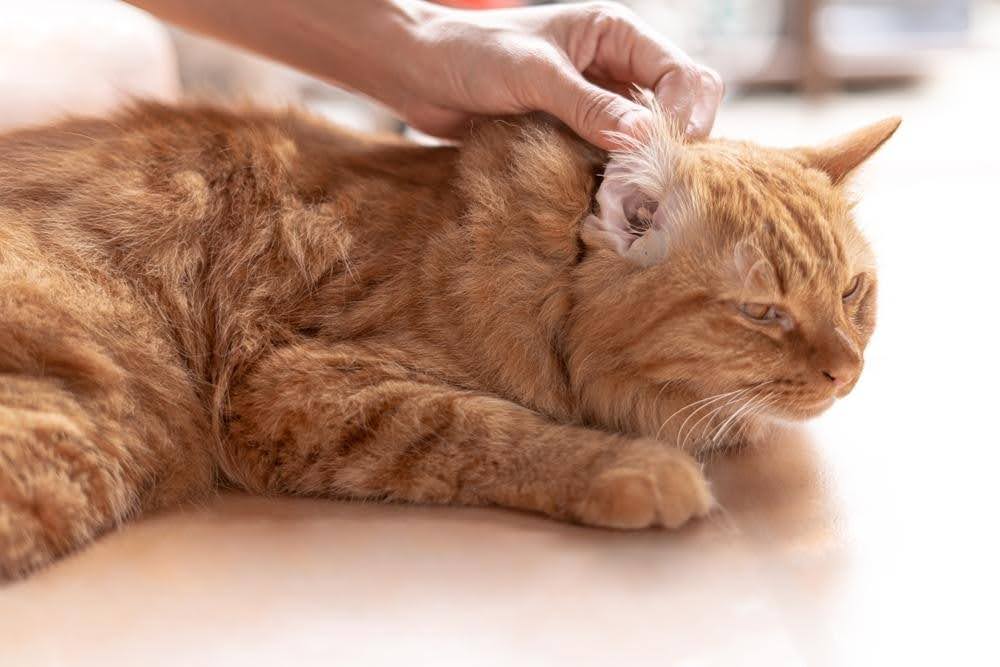
What Can I Use to Clean My Cat's Ears?
First, gather your supplies. Once you get started, you'll want everything within arm's reach.
Here's what to use to clean cats' ears:
Cotton pads or balls
Liquid ear-cleaning solution formulated specifically for cats
Alcohol wipes (to sanitize the bottle)
A towel or blanket to wrap around your cat if necessary
Consult your veterinarian before purchasing an ear cleaner. They can help you find a product for your cat's needs.
What Not to Use to Clean Cat's Ears
Never use cotton swabs or astringents like vinegar, alcohol or hydrogen peroxide.
How to Clean Cat Ears
Follow this general step-by-step guide to help ensure a smooth ear cleaning and support your cat's ear health.
1. Gently Hold Your Cat in Place
Start by washing your hands. Then, coax your cat onto your lap and gently hold them in place. If your kitty's a reluctant cuddler, carefully pick them up and place a towel loosely around them to add a sense of safety and security. If you have a human helper, they can hold your cat while you clean their ears or vice versa — wherever your cat seems most comfortable.
2. Calm Your Cat
Take a moment to ensure your cat is calm, speaking to them in a soft, soothing voice. If your cat likes physical touch, shower them with loving pets. Maintain a calm, gentle demeanor throughout the cleaning and after so your cat associates it with positive interactions. If they show signs of stress, stop and let them calm down before trying again. Never force it.
3. Examine Your Cat's Ears
Check your cat's ears for debris, inflammation, discharge or wax buildup. Take note of any foul odors or skin concerns, like bumps, wounds, scratches and lesions, which can indicate infection. If you notice any of these signs, stop and contact your vet for advice. Cleaning an infected ear can be painful for your cat and may worsen the condition.
You'll also want to stop and consult your vet if your cat's tilting their head, scratching their ears excessively or showing signs of hearing loss. In general, it's a good idea to incorporate an ear check into your cat's weekly routine to monitor ear health.


Tasty Tips
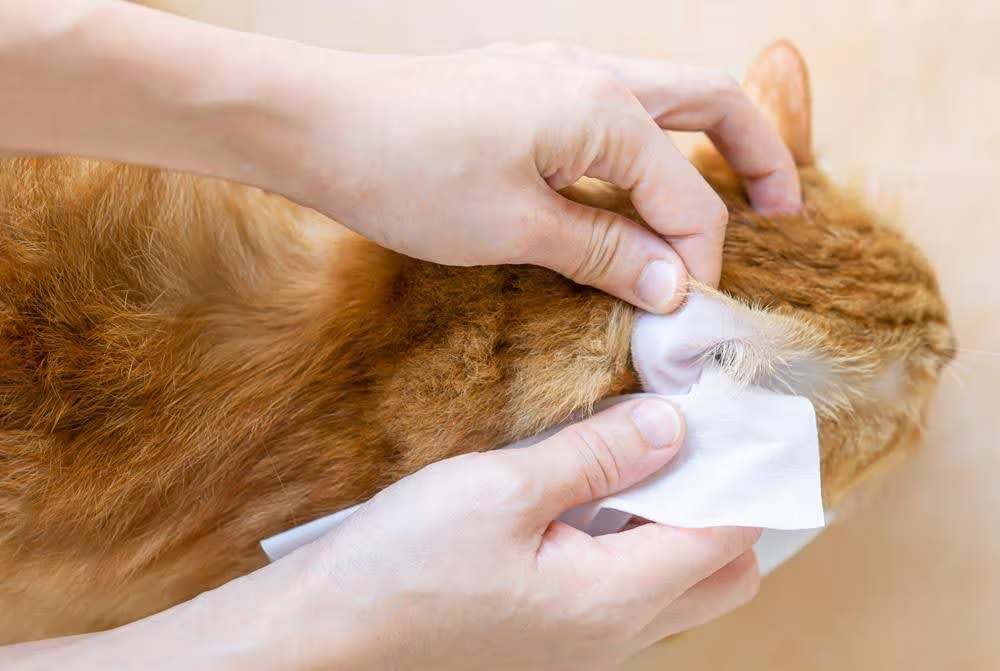
4. Clean the Ear
If your cat's ears pass the visual and sniff tests, gently pull back their ear flap, or pinna. Working alone? You can do this! Fold back the flap with one hand, using the other to hold the bottle of ear cleaner close to — not touching — your cat's ear. If the tip of the bottle touches your cat's ear, clean it with an alcohol wipe before proceeding to the next ear to reduce the spread of bacteria and yeast.
Following the dosage instructions on the package (or the amount your vet instructed, if different), dispense the drops of cleaner in one ear. Then, gently massage the base of the outer ear to ensure thorough coverage and loosen debris.
5. Let Your Cat Shake Their Head
Your kitty will shake their head during and after the process. Let them. It helps debris move out of the ear canal. Ear cleaner may splash when they shake, but that's OK!
6. Wipe the Ear
Use a cotton pad or ball to gently wipe debris from your cat's ear. Never put anything — including fingers and cotton swabs — into your kitty's ear canal. Repeat the process on the other ear.
7. Reward Your Cat
After cleaning both ears, give your cat a special treat or engage them in their favorite game to help them associate ear cleaning with a positive reward. Wrap up the cleaning session by washing your hands again.
How Often Should You Clean Your Cat's Ears?
Unless you see obvious signs of debris, you don't need to clean your cat's ears very often. Many cats don't require any additional ear cleanings at home, while others may do best with cleanings once every few months. Some cats, like Scottish Folds or sphinxes, may benefit from more frequent ear cleanings. With so much variation, your vet is your best resource for determining how often you should clean your cat's ears. Ask them for guidance! Together, you're a powerful duo working toward your cat's happiest, healthiest life.


Dr. Sarah Wooten graduated from UC Davis School of Veterinary Medicine in 2002. A member of the American Society of Veterinary Journalists, Dr. Wooten divides her professional time between small animal practice in Greeley, Colorado, public speaking on associate issues, leadership, and client communication, and writing. She enjoys camping with her family, skiing, SCUBA, and participating in triathlons.
Related products

With delicious chunks in a decadent gravy

Improves Everyday Ability to Get Up & Go

Supports energy level and beautiful fur in mature cats

Precisely balanced nutrition with the delicious taste of savory minced chicken to help fuel the energy needs of cats during the prime of their life
Related articles
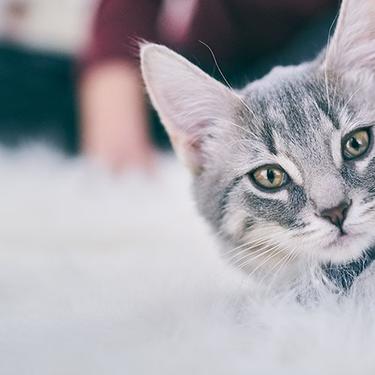
Discover the benefits of Hill's line of kitten foods and how they provide complete and balance nutrition for growing kittens.
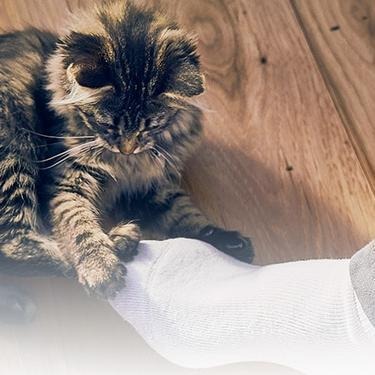
Discover which cat toys games your feline friend might like, and how they are great sources of exercise. Explore our library of articles to learn more.
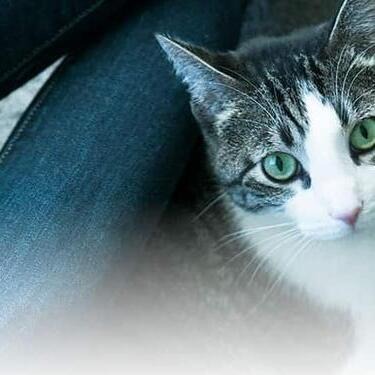
Brushing your cat's teeth is just as important as brushing your own. Learn signs or oral health problems in your cat and how to avoid them.
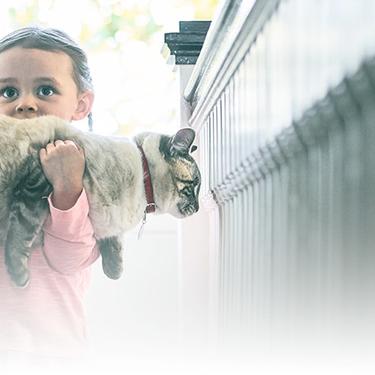
Discover how to identify cat sensitive skin and what you can do to help your cat thrive from head to paw.

Put your cat on a diet without them knowing
Our low calorie formula helps you control your cat's weight. It's packed with high-quality protein for building lean muscles, and made with purposeful ingredients for a flavorful, nutritious meal. Clinically proven antioxidants, Vitamin C+E, help promote a healthy immune system.
Put your cat on a diet without them knowing
Our low calorie formula helps you control your cat's weight. It's packed with high-quality protein for building lean muscles, and made with purposeful ingredients for a flavorful, nutritious meal. Clinically proven antioxidants, Vitamin C+E, help promote a healthy immune system.

